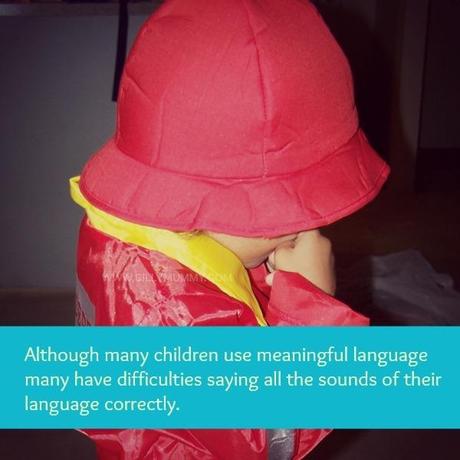
Today we met with Curly’s new speech therapist. She’s from a service provider that doesn’t ask us for anything other than our commitment and dedication to help him develop. When you[re offered FREE QUALITY service, you take it with an open mind, with good intentions and you put the best of your very best into it.
Curly, as you may have read on this blog, has a mix of speech development and articulation problems. He knows what he wants to say but his sounds are not quite right. So in plain words, he is not speaking at the same level as other children his age. But that’s OK, as he doesn’t have a job interview anytime soon. He’s only 5 going on 6 and we have the tools and commitment to help him improve.
Today was the first meeting after his initial assessment with this new therapist. The previous one palmed Curly off to his occupational therapist. “He is not ready for therapy” is what she kept reminding me whenever I would ask for her help. It wasn’t as if we were using up her expensive time for free. She would’ve been paid for her services.
Anyway… that story can be pushed to some dark hole in the ground now. We feel blessed to have finally managed to get assistance from elsewhere.
So, what’s next?
Well, the therapist have concluded the same thing we had informally thought about before recruiting her: Curly needs to work on his pronunciation and sounds. He also needs to work on using new words and additional words that can help him make more sense and use longer sentences.
Without going into the details, ASSIGNMENT NO 1 is to work on his articulation errors.
What’s articulation?
The ability to produce speech sounds that make up syllables, words and sentences.
There are four types of errors: omissions (leave out), substitutions (replace), distortions (unclear) and lisping (issues with the tongue). These are pretty much straightforward.
Curly’s main issue is omission. He would leave out a phoneme (a meaningful sound that if you leave out the word won’t make any sense at all). In his case, he leaves out sounds /sk/ and /sn/ as in ‘snake’ would be ‘nake’.
Me: Which would you like? A marshmallow or a snake?
Curly: A nake, please. (A snake, please.)
What we’re going to do about it?
Although the speech therapist will be drafting a program for us, we’ll be starting the work in the meantime by reading up on how to best help Curly and then dive into the ‘helping’ bit. I’ve got some books and videos to watch.
Also:
Model the sounds we want him to develop. Show by example. For now, he doesn’t need to say it back. The most important thing is to let him hear first. Let him hear the sounds the right way.
Play CDs and videos but as long as the songs are clear. Curly has many good videos that teach new sounds, words and numbers. Because he loves watching videos and dancing to music, that’s a great tool right there.
So that’s it. We’ll give it two weeks and see how things go. I’m looking forward to helping Curly get through these difficulties and into some very strong speaking skills.
If you have any tips to share, please comment below. We’re open to all suggestions.
